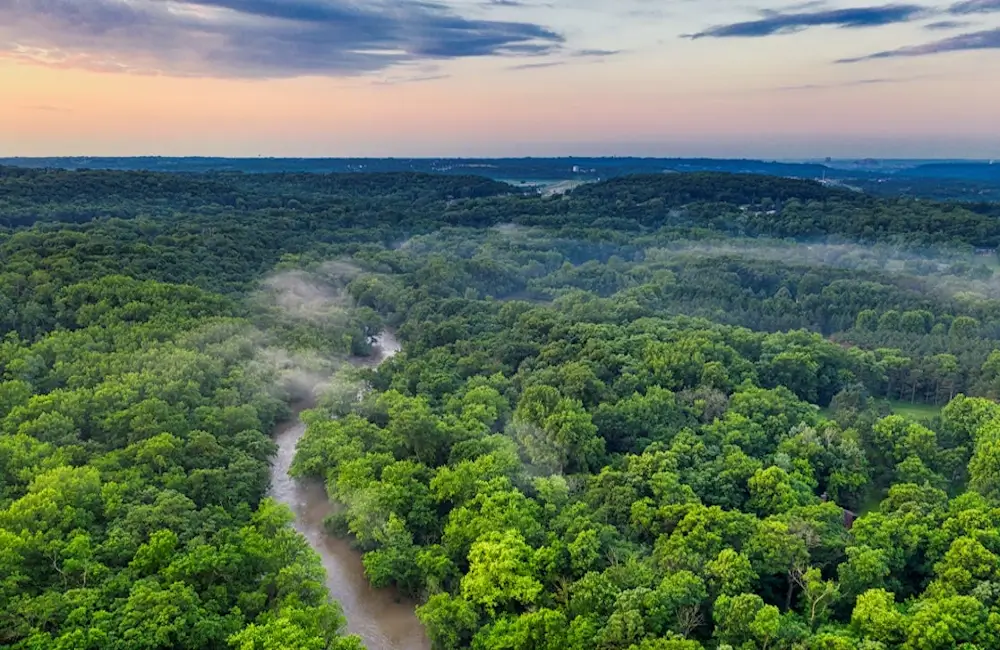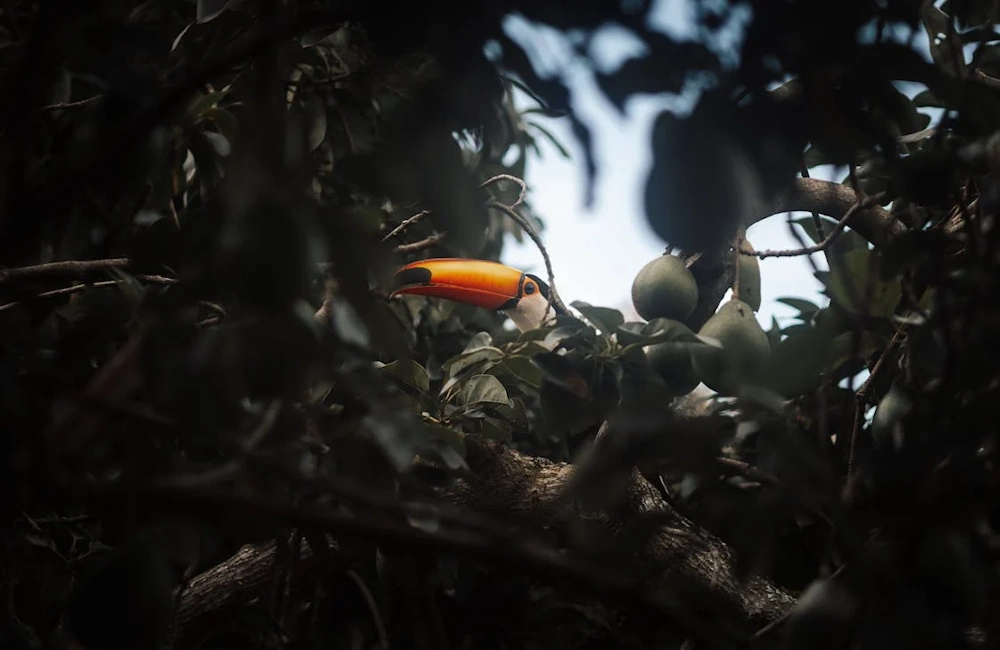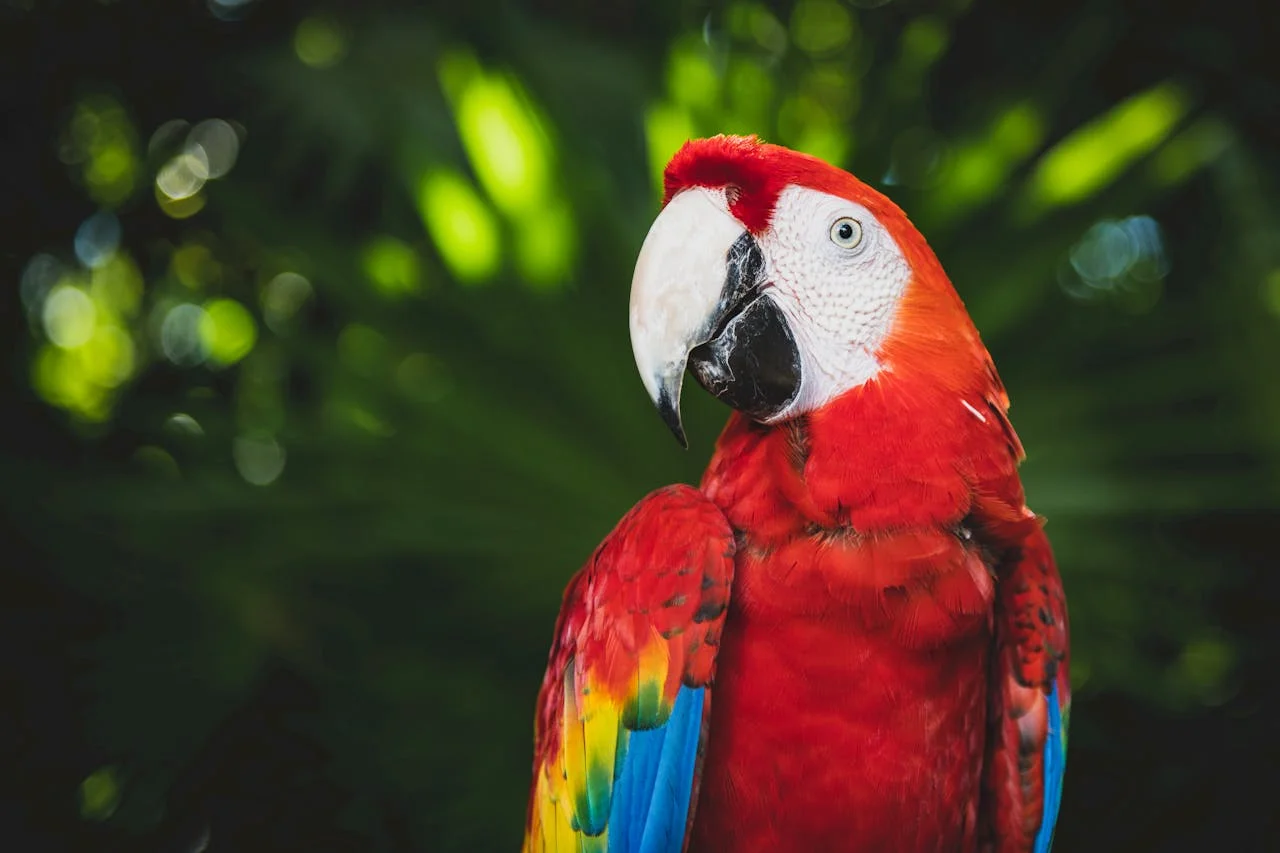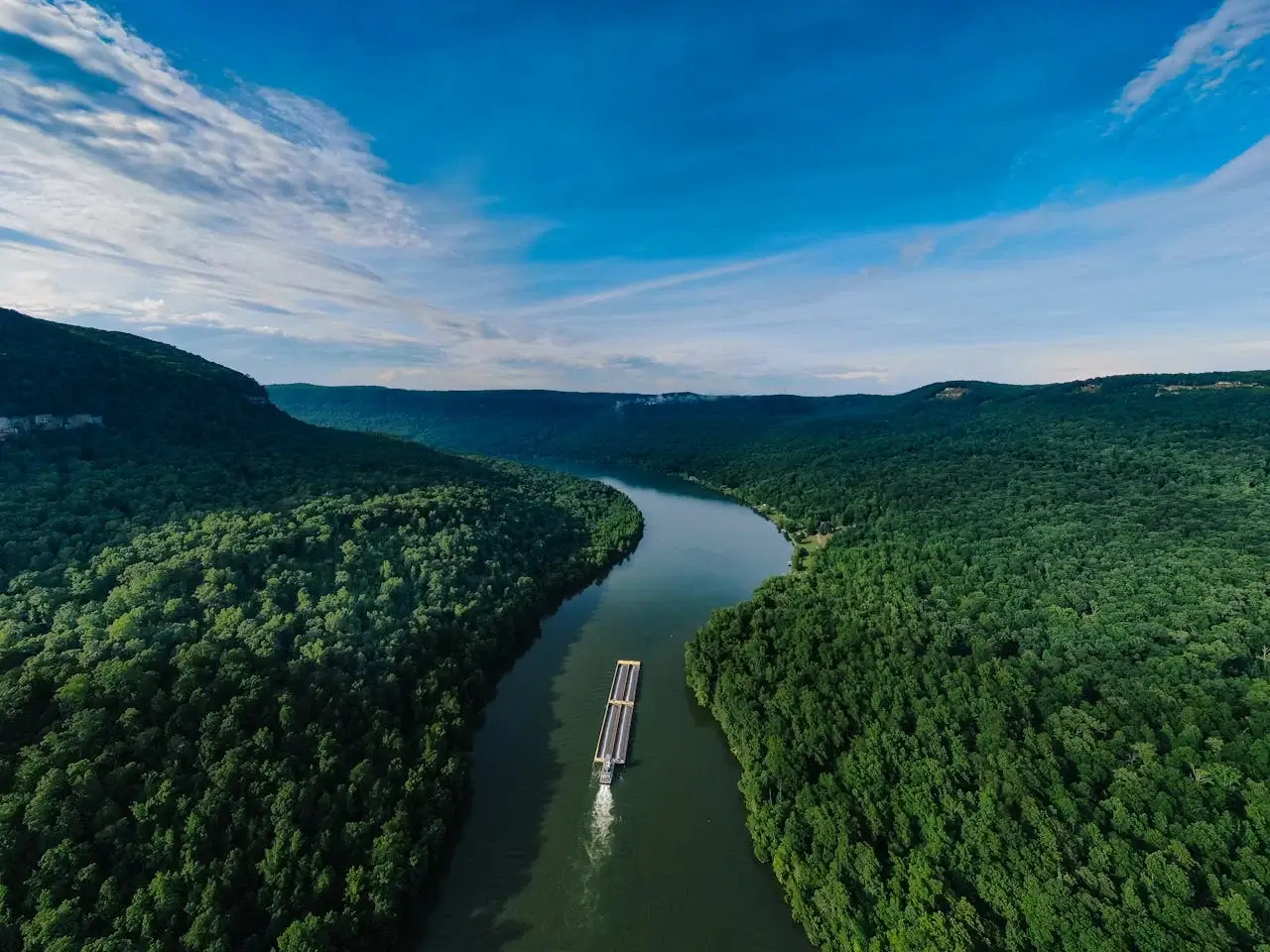The Peruvian Amazon is one of the most biodiverse regions on Earth, offering unique opportunities for adventure, wildlife watching, and cultural experiences. Whether you're an eco-tourist, a nature lover, or someone looking to immerse yourself in indigenous cultures, the Amazon basin in Peru is an unforgettable destination. Here are a few reasons why you should plan your trip to this enchanting and mystical region.
How to get There
There are two main entry points for your Peru tours to the Peruvian Amazon: Iquitos in the north of Peru, and Puerto Maldonado in the south. Iquitos is located closest to the magnificent Amazon River and the border with Brazil.
Puerto Maldonado
As the gateway to the southern Peruvian Amazon, Puerto Maldonado is easily accessible from Cusco, Arequipa, and Lima. A regional airport, about 1 hour and 45 minutes away from Lima, serves the city with daily flights. From Puerto Maldonado, visitors typically travel by boat to reach their jungle lodges or embark on guided wildlife excursions.
Puerto Maldonado offers a wonderful base to explore the Tambopata National Reserve, one of the richest biodiversity hotspots in the world. This region is famous for its giant river otters, macaws, and the stunning Lake Sandoval. Visitors can enjoy incredible excursions into the jungle, where they’ll have the chance to see a wide variety of animals, from capuchin monkeys to caimans and even jaguars in their natural habitat.
One of the most popular excursions is a visit to the Isla de los Monos (Monkey Island), a unique sanctuary where you can observe and interact with several species of monkeys, including howler monkeys and squirrel monkeys. The island is a fantastic spot for wildlife lovers and photographers, as the playful monkeys are often seen swinging from tree to tree. If you're looking for a more off-the-beaten-path experience, this is the place to be.
Iquitos
Iquitos, located in the northern part of the Peruvian Amazon, is another popular entry point, though it is a bit more remote and requires a longer journey. The city is accessible by plane from Lima (about a 1.5-hour flight), or you can choose to travel by riverboat for a more authentic Amazonian adventure.
From Iquitos, you can explore the Pacaya-Samiria National Reserve, a protected area known for its diverse wildlife and stunning rainforest landscapes. Many visitors enjoy taking river cruises along the Marañón and Ucayali rivers, which provide a closer look at the daily life of riverside communities and the incredible flora and fauna of the region. On these cruises, travelers often spot a wide variety of animals, such as monkeys, sloths, giant river otters, and, if you're lucky, the famous pink river dolphins.
The pink dolphins are a rare and awe-inspiring sight – these creatures are a symbol of the Amazon's mystical aura. These dolphins are most commonly seen in the waters around Iquitos, and many tour operators offer excursions specifically to spot them. In addition to the dolphins, Iquitos is also known for its rich birdlife, so don’t forget your binoculars if you're into birdwatching!
Exploring the Peruvian Amazon
In addition to visiting indigenous communities and wildlife watching, the Peruvian Amazon offers a variety of unique activities, such as:
- Night Safaris: Many jungle lodges offer night tours to witness the rainforest come alive after dark, with the sounds of nocturnal animals and the chance to spot creatures like snakes and frogs.
- River Cruises: Cruise along the mighty rivers of the Amazon and explore the unique wildlife that thrives in these ecosystems, from caimans to sloths.
- Fishing for Piranhas: For the adventurous, you can take a boat tour to fish for the infamous piranhas in the river – an experience that’s both thrilling and educational.
- Jungle Trekking: Hike through the dense jungle with an expert guide who can point out the hidden wonders of the rainforest, from medicinal plants to rare animal tracks.
What Animals are likely to Encounter in The Peruvian Amazon?
One of the biggest draws of visiting the Peruvian Amazon is the incredible wildlife. The Amazon rainforest is home to some of the most unique and diverse species on the planet, many of which are found only in this region. Here are some of the most iconic and fascinating species you may encounter:
Monkeys
Most common species of monkey in the Amazon are howler, spider, squirrel, capuchin, tamarin and marmoset. You'll most likely notice the howler monkeys first. Their calls can be heard up to three miles away! Even if you don´t manage to spot one, you will certainly hear them!
The Jaguar
It is estimated that only 6000 of these majestic animals are left in the Peruvian Amazon, their last stronghold. They're the third largest cat in the world and they're excellent at hunting, climbing and swimming so keep your eyes peeled, spotting one of these big cats would be one for the ages.
Green Anaconda
Anacondas are the world's heaviest snakes and amongst the longest. They'll eat anything that they can overpower but don't worry, there is little evidence to suggest that they're the 'man-eaters' as far as we know!
Black Caiman
Caimans are the largest predator in the Amazon ecosystem, they grow to between 5 and 20 feet and can weight up to 1000 pounds. They're reptiles and closely related to alligators and crocodiles.
Macaws and Parrots
The Amazon is a birdwatcher’s paradise, home to a staggering variety of colorful bird species. Among the most iconic are the scarlet macaws and blue-and-yellow macaws. These vibrant birds can often be seen flying high above the rainforest, or perched on trees in pairs.
Pink River Dolphins
The pink river dolphin is one of the most unique creatures of the Amazon. Known for their playful behavior and pinkish hue, these freshwater dolphins are a symbol of the mystical allure of the Peruvian Amazon.
These dolphins can often be seen in the rivers around Iquitos, swimming gracefully and sometimes leaping from the water. Spotting these dolphins is a truly magical experience.
Sloths
Sloths are one of the most beloved and slow-moving creatures in the Amazon. They are often seen hanging from trees, lazily munching on leaves or simply relaxing. Their slow movements and docile nature make them easy to spot, especially in the dense canopy of the rainforest.
Piranhas
While they might have a fearsome reputation, piranhas are one of the most famous fish species of the Amazon River. While they are generally not as dangerous to humans as their reputation suggests, they are known for their sharp teeth and strong jaws. Many visitors take part in fishing tours to try their hand at catching these notorious fish.
Turtles
The Amazon River is home to several species of river turtles, such as the Yellow-spotted River Turtle, which can often be seen basking in the sun along riverbanks.
Capybara
You'll find these cute creatures either in the water or chowing down on some plants. They're the largest rodent in the world which, unfortunately for them, makes them the preferred prey of the jaguar, anaconda, caiman and even eagles.
The Rainforest Alliance
The Rainforest Alliance has partnered with Peru’s farmers and Indigenous Forest communities, local governments, and smallholder farmer groups to address these challenges through a range of interconnected strategies. These include fostering solid connections with responsible buyers; providing technical training on how to increase crop harvests on existing farmland; building alliances with local governments; increasing access to financing and business training; and advancing methods to respond to climate change—which wreaks havoc on all kinds of crops, particularly coffee. In the San Martín region, in the Northern Amazon, the Rainforest Alliance is working with eight Indigenous communities to bring their sustainable products to market.
One of them, the community of Yurilamas, in the province of Lamas, sets aside 26,000 ha (64,200 acres) of its lands for conservation and uses another 7,000 hectares to cultivate cocoa, as well as beans, bananas, yucca, peanuts, and more. Community leader Eligio Cachique Amasifuen explains that with support from the Rainforest Alliance, his community is now working to sustainably harvest sangre de grado, the latex extracted from trees of the same name (sometimes called sangre de drago, or dragon’s blood) that is used in many herbal remedies.
Climate Change and Conservation in The Peruvian Amazon
The climate crisis poses challenges to farmers of all crops. It gives the Amazon unpredictable weather patterns, prolonged dry seasons, severe rains and flooding, which especially threatens coffee, Peru’s main export. The Rainforest Alliance works with farmers to cultivate other crops alongside coffee to hedge against both climate and market fluctuations. Many coffee farmers are switching to cocoa in lower elevations and taking their coffee crops to higher ground that is more hospitable for coffee plants. A new generation of growers, hyper-aware of the threats posed by our climate crisis, are taking the lead in transforming their communities.
They are combining traditional ecological knowledge with climate-smart agriculture methods to cultivate a better future for themselves and their children. It is important to empower these young people to understand, and connect with global markets so that these native communities can move from subsistence farming to thriving rural economies, all while honouring the precious Amazon rainforest that has sustained this beautiful country for centuries.
Weather in The Peruvian Rainforest
From a climatic point of view, the Peruvian Rainforest has three well-defined regions: the jungle, the high forest, and low jungle. The jungle is characterized by a tropical climate with an average annual temperature between 72°F and 79°F (22°C and 26°C), which makes it the wettest region of Peru. The high forest has a tropical climate with an average temperature of 88°F (31°C) and few temperature variations throughout the year, making it the hottest. The low jungle has a warm and humid, with rainfall no more than 3.000 mm. This rainfall keeps the forest lush and green and there is plenty of shelter under the canopy, in fact it’s so thick that when it rains, it takes around ten minutes for the water to reach the ground. But as you're probably an adventurous traveller, you'll have no problem pulling out your raincoat and enjoying yourself.
'Rainy' season runs from December until May, but despite being the wettest time of year, it is only 10% wetter than 'not-as rainy' season which covers the rest of the year. The temperature ranges from 25°c to 35°c throughout, so you're going to feel the heat whenever you decide to visit. One thing to be aware of is high water and low water seasons. High water season coincides with rainy season (December - May) and the rivers sit around 7 meters higher than normal. This means that every river, creek and lake is navigable and boats can carry you significantly deeper into the jungle. Low water season (June - November) sees other benefits, during this time you can walk the trails that are flooded in rainy season, there are less mosquitoes and good fishing is guaranteed. Neither season is better for viewing wildlife, the opportunities are spectacular all-year-round on your Peru luxury tours in the Amazon!
Visiting the Peruvian Amazon is a chance to experience one of the most extraordinary natural environments on Earth. Whether you're coming for the wildlife, the cultural experiences, or simply the adventure, the Amazon offers a trip that will stay with you for a lifetime. Don't miss out on this unique opportunity to explore one of the world’s last magnificent wildernesses.
Ask us here for more information on the perfect jungle adventure for your next Peru tour!




